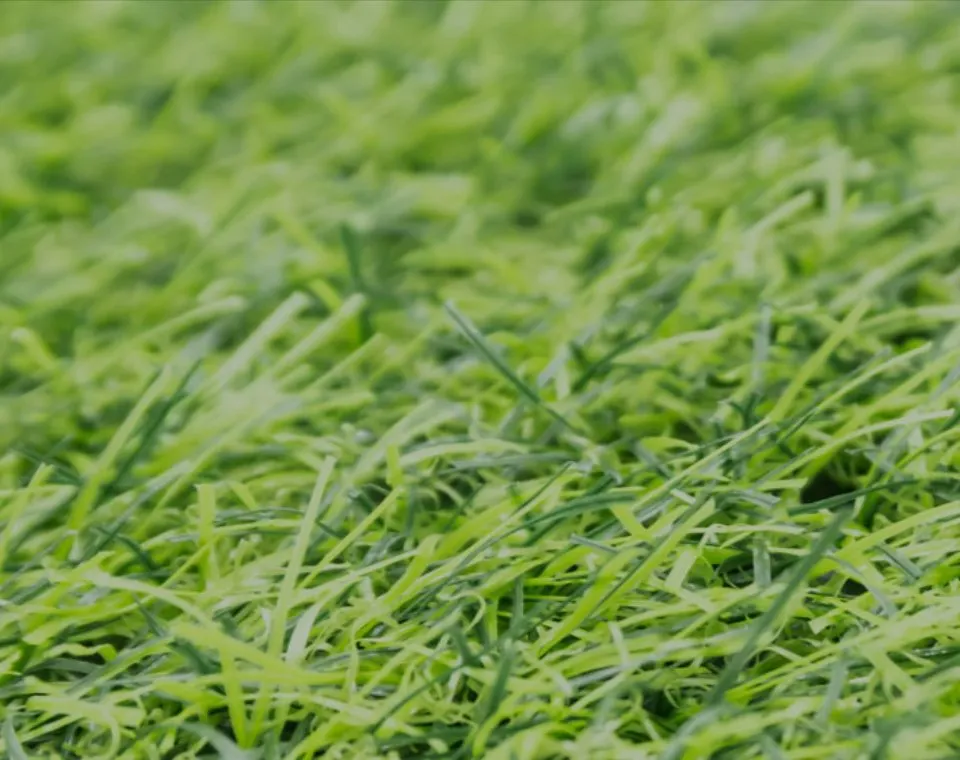
- Afrikaans
- Arabic
- Belarusian
- Bengali
- Czech
- Danish
- Dutch
- English
- Esperanto
- Estonian
- Finnish
- French
- German
- Greek
- Hindi
- Hungarian
- Icelandic
- Indonesian
- irish
- Italian
- Japanese
- kazakh
- Rwandese
- Korean
- Kyrgyz
- Lao
- Latin
- Latvian
- Malay
- Mongolian
- Myanmar
- Norwegian
- Persian
- Polish
- Portuguese
- Romanian
- Russian
- Serbian
- Spanish
- Swedish
- Tagalog
- Tajik
- Thai
- Turkish
- Turkmen
- Ukrainian
- Urdu
- Uighur
- Uzbek
- Vietnamese
football stadium turf
Dec . 21, 2024 12:11 Back to list
The Importance of Turf in Football Stadiums Enhancing Performance and Spectator Experience
Football stadiums are more than just mere venues for matches; they are arenas that blend passion, strategy, and physical prowess. An essential yet often overlooked aspect of a football stadium is its turf. The playing surface significantly impacts game dynamics, player performance, and even the overall spectator experience. In this article, we will explore the various types of turf used in football stadiums, the benefits and challenges associated with each, and their implications for the sport.
Types of Turf Natural vs. Artificial
Traditionally, natural grass has been the surface of choice for football stadiums. This organic material is beloved for its aesthetics and the unique feel it provides to players. Each blade of grass absorbs moisture and provides a soft cushion for players making tackles or executing agile movements. The natural turf also offers a certain amount of unpredictability—players must adapt to the diverse conditions that weather can create, from muddy patches during rainy days to firm conditions on dry, sunny afternoons.
However, maintaining natural grass can be a daunting task due to factors like weather, wear and tear from games, and the need for proper irrigation, fertilization, and pest control. This is where artificial turf steps in. Developed primarily in the 1960s, artificial turf has gained popularity in recent years, especially in regions that experience harsh climates that hinder the growth of natural grass. Made from synthetic fibers designed to mimic the look and feel of real grass, artificial turf is considerably durable and requires far less maintenance.
One significant advantage of artificial turf is its availability. While natural grass might take weeks to recover from a game, artificial turf can handle heavy play almost immediately. This characteristic is particularly appealing for teams that share their stadiums with multiple sports or events throughout the year.
Performance Implications
football stadium turf

The choice of turf can influence player performance significantly. Studies have shown that players often perform better on natural grass due to its cushioned surface, which reduces the impact on joints, thereby lowering the risk of injuries. However, artificial surfaces have been engineered to provide similar shock-absorption qualities, reducing concerns about chronic injuries.
Moreover, different types of turf can affect the game’s speed and style. Natural grass tends to allow for a higher degree of ball control and a slower pace of play, encouraging intricate passing and tactical approaches. In contrast, artificial turf, particularly those with shorter blades and denser configurations, can lead to faster-paced games with more aggressive play. This divergence in playing style often leads teams to adapt their on-field strategies depending on the surface.
The Spectator Experience
The type of turf used in a stadium also has implications for the spectator experience. Well-maintained natural grass creates a visually appealing venue for fans, contributing to the overall matchday atmosphere. The vibrant green surface, coupled with the sights and sounds of the game, enhances the emotional experience for supporters.
On the other hand, while artificial turf might not replicate the same visual appeal of natural grass, it does provide consistent playing conditions, which can lead to more predictable and exciting matches. Fans appreciate high-paced games and the competitive edge that can emerge from playing on a resilient surface. Furthermore, artificial turf can withstand inclement weather better than natural grass, which can lead to fewer match cancellations and more opportunities for fans to witness live action.
Conclusion
In conclusion, the choice of turf in football stadiums plays a critical role in both player performance and spectator enjoyment. With natural grass and artificial turf each offering their own set of advantages, the decision often hinges on factors such as climate, budget, and intended use of the venue. As the game continues to evolve, the technology and design behind football stadium turf will likely advance, ensuring that players perform at their best while providing fans with an unforgettable experience. Ultimately, whether it lies under the sun's warm rays or the sterile glow of stadium lights, the turf remains a vital element of the beautiful game.
-
The Benefits of Artificial Turf for Indoors
NewsJul.15,2025
-
How Artificial Grass Suppliers Ensure Quality Products
NewsJul.15,2025
-
Artificial Grass and Pets: A Space for Relaxation
NewsJul.08,2025
-
Balcony & Outdoor Decoration with Artificial Grass
NewsJul.08,2025
-
Best Indoor Artificial Grass for Home
NewsJul.07,2025
-
Best Pet Turf for Dogs: Safe & Durable Artificial Grass Options
NewsJul.07,2025
Products categories









